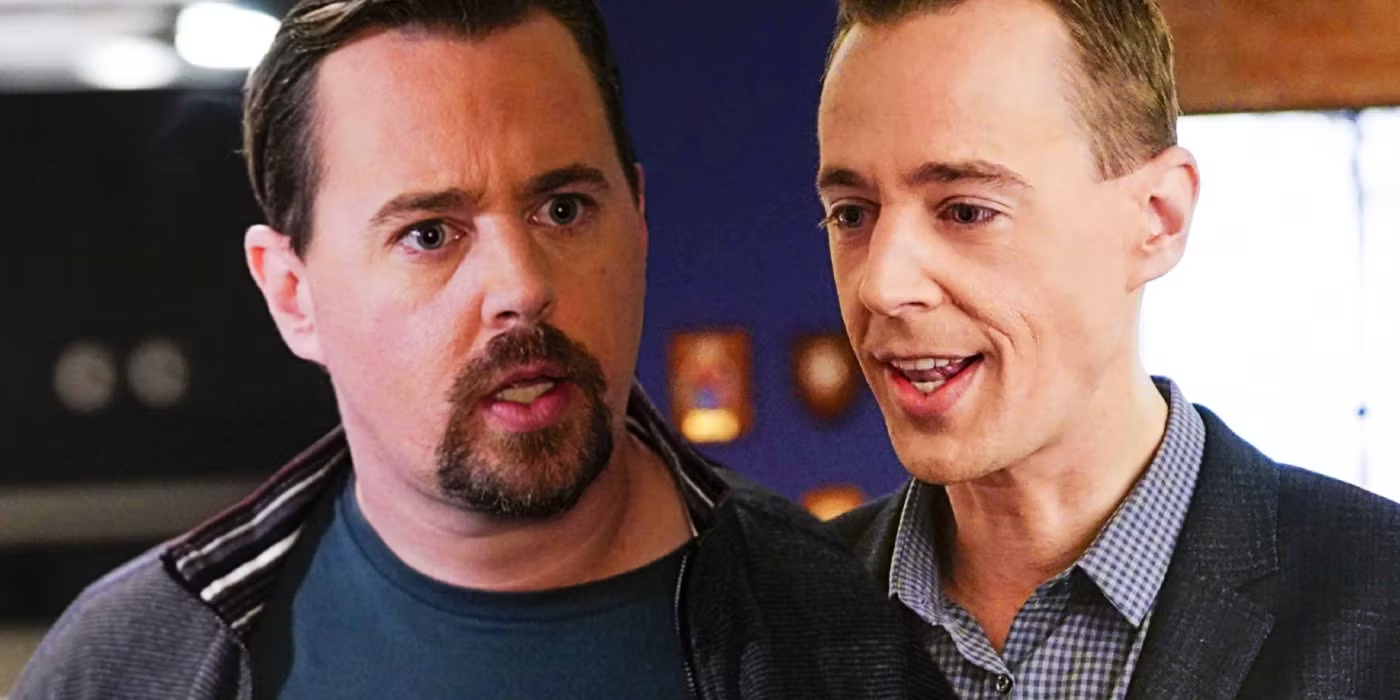On May 14, 1998, television history was made as the final episode of Seinfeld aired, bringing the nation to a standstill. For nine seasons, the “show about nothing” had redefined comedy, capturing the absurdities of everyday life with its iconic characters: Jerry, George, Elaine, and Kramer. As the clock ticked toward the series finale, offices across the country let employees leave early, bars set up viewing parties, and families gathered around their TVs. It wasn’t just a TV show ending—it was the conclusion of a cultural phenomenon that had become a shared experience for millions.
The finale, titled “The Finale,” drew a staggering 76 million viewers, making it one of the most-watched television events in history. The episode brought the gang full circle, putting them on trial for their selfish behavior over the years, with a parade of past guest stars returning to testify against them. While opinions on the finale were mixed—some fans loved the meta-commentary, while others felt it didn’t live up to the show’s legacy—there was no denying its impact. For one night, Seinfeld wasn’t just a sitcom; it was a national event, uniting people in laughter and nostalgia.
In the years since, Seinfeld has remained a cornerstone of American pop culture, its influence evident in countless sitcoms that followed. The finale wasn’t just the end of a show; it was the end of an era, marking the close of a decade defined by its humor, wit, and relatability. For those who lived through it, the last episode of Seinfeld wasn’t just a TV moment—it was a shared memory, a reminder of a time when America collectively paused to say goodbye to four friends who made us laugh at life’s little absurdities.





